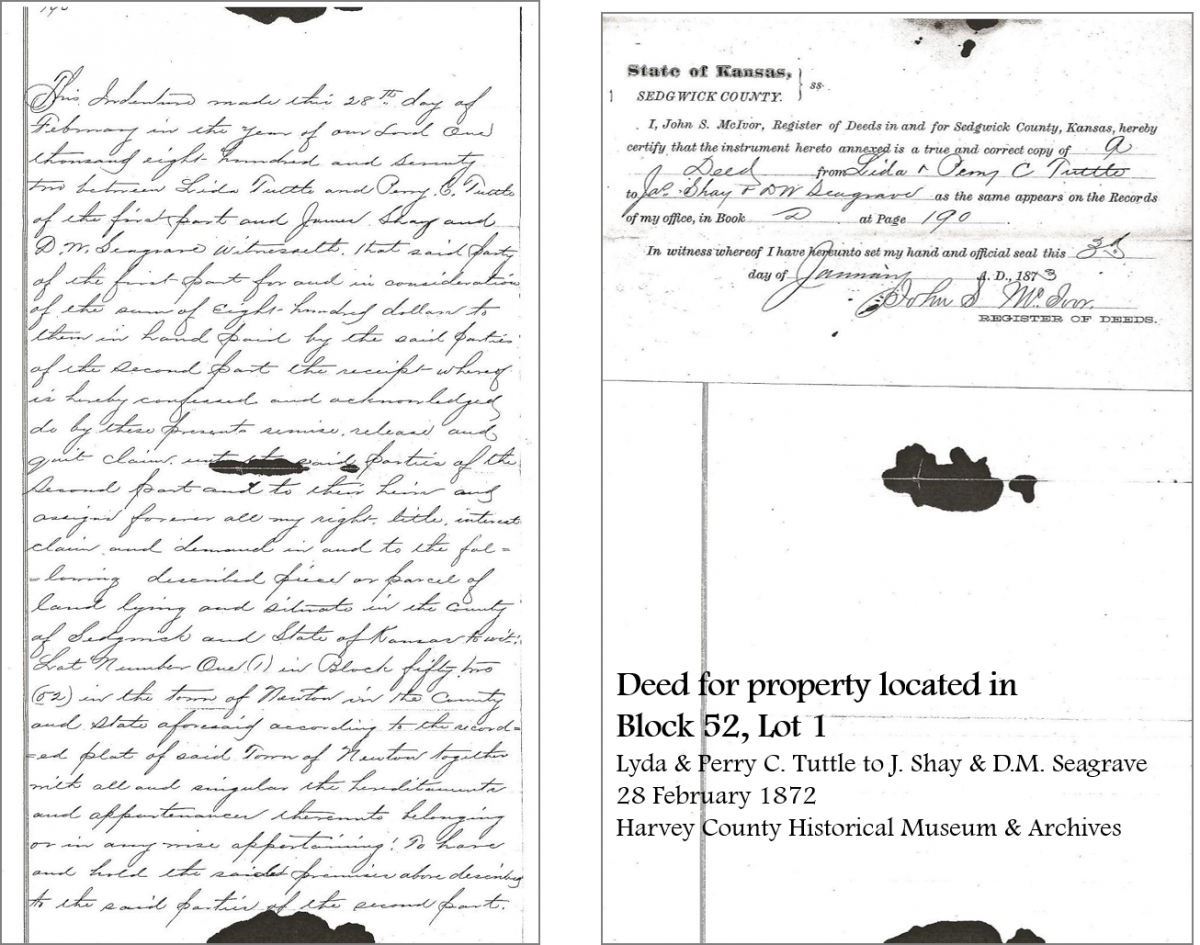
Since N 2 has a very high chemical stability, the growth of N-containing molecules in planetary atmospheres (not only Titan but also Pluto) must be initiated by some form of active nitrogen, such as N atoms, the electronically excited A 3Σ u + of N 2, and nitrogen ions (N +, N 2+, N 2 +, and N 2 +2). (8,9) Another remarkable achievement of the Cassini–Huygens mission is the discovery of an unexpectedly rich ionosphere (10) with large positive (11) and negative (12) ions with masses up to 8000 Da. Furthermore, the aerosol analyzer onboard Huygens indicated that the aerosols are nitrogen-rich organic macromolecules (with the C/N/H ratio being ca. After the Cassini–Huygens mission, we now know that the first haze layer is at a much higher altitude than what was previously thought. (6,7) Since the Voyager missions, Titan has been known to be covered by a thick orange haze, (7,8) the origin of which has been a challenge for the scientific community. (6) More complex organic molecules and the presence of nitriles in trace amounts have also been confirmed, and new species have been identified for the first time. The Cassini–Huygens mission confirmed that molecular nitrogen (N 2) is by far the main component (∼94%) with methane accounting for a few percent. Overall, the results are expected to have a significant impact on the gas-phase chemistry of Titan’s atmosphere and should be properly included in the photochemical models.Īfter the Pioneer 11, the two Voyager, and the Cassini–Huygens missions complemented by ground-based observations (1−4) (including recent ones by the Atacama Large Millimeter/submillimeter Array, ALMA (5)), we have reached an unprecedented level of knowledge of the atmosphere of Titan, the largest moon of Saturn. The above cyclic and linear products containing an additional C–N bond could be potential precursors of more complex, N-rich organic molecules that contribute to the formation of the aerosols on Titan’s upper atmosphere. The predicted product BFs are found to have, in general, a very weak energy dependence. The highly exothermic N 2 + CH 2CCH (propargyl) channel is also predicted to be negligible because of the very high isomerization barrier from the initial addition intermediate to the precursor intermediate able to lead to products. These findings were corroborated by the theory, which predicts a variety of competing product channels, following N( 2D) addition to the double bond, with the main ones, at E c = 31.4 kJ/mol, being six isomeric H forming channels: c-CH(N)CHCN + H (BF = 35.0%), c-CHNCHCN + H (BF = 28.1%), CH 2NCCN + H (BF = 26.3%), c-CH 2(N)CCN(cyano-azirine) + H (BF = 7.4%), trans-HNCCHCN + H (BF = 1.6%), and cis-HNCCHCN + H (BF = 1.3%), while C–C bond breaking channels leading to c-CH 2(N)CH(2H-azirine) + CN and c-CH 2(N)C + HCN are predicted to be negligible (0.02% and 0.2%, respectively). Experimentally, no evidence of CN, HCN, and N 2 forming channels was observed. Product angular and TOF distributions have been recorded for the H-displacement channels leading to the formation of a variety of possible C 3H 2N 2 isomeric products. In competition, the N( 2D) addition to the CN group is also possible via a submerged barrier, leading ultimately to N 2 + C 3H 3 formation, the most exothermic of all possible channels. According to our theoretical calculations, the reaction is found to proceed via barrierless addition of N( 2D) to the carbon–carbon double bond of CH 2═CH–CN, followed by the formation of cyclic and linear intermediates that can undergo H, CN, and HCN elimination. Statistical (Rice–Ramsperger–Kassel–Marcus, RRKM) calculations of product branching fractions (BFs) on the theoretical PES have been carried out at different values of temperature, including the one corresponding to the temperature (175 K) of Titan’s stratosphere and at a total energy corresponding to the E c of the CMB experiment. Synergistic electronic structure calculations of the doublet potential energy surface (PES) have been performed to assist in the interpretation of the experimental results and characterize the overall reaction micromechanism.


The reaction of electronically excited nitrogen atoms, N( 2D), with vinyl cyanide, CH 2CHCN, has been investigated under single-collision conditions by the crossed molecular beam (CMB) scattering method with mass spectrometric detection and time-of-flight (TOF) analysis at the collision energy, E c, of 31.4 kJ/mol.


 0 kommentar(er)
0 kommentar(er)
